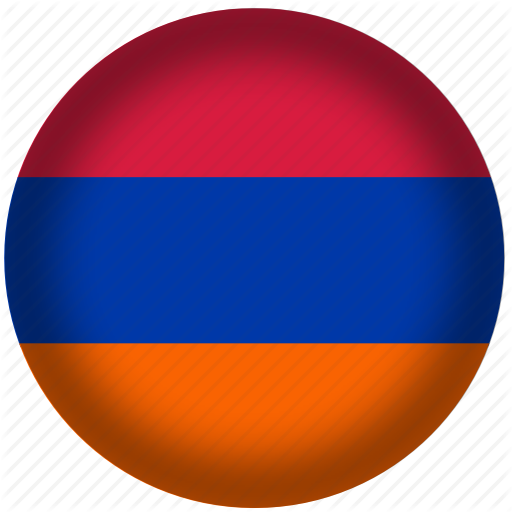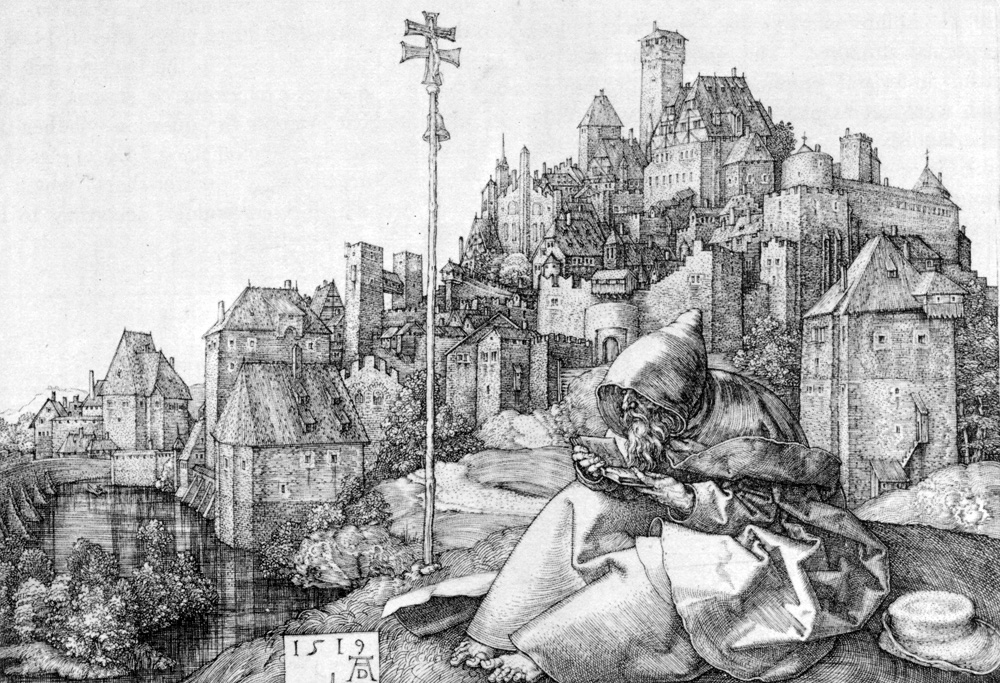DOI: https://doi.org/10.34680/urbis-2025-5(1)-58-69
The collision of personal and urban space in the works of Andrey Bely and Chavdar Mutafov
Aleksandar Hristov
Sofia University “St. Kliment Ohridski”, Bulgaria
ORCID: 0000-0002-2358-8682
ABSTRACT
This article addresses a topic that has so far received little scholarly attention – comparing urban space representations in the works of Andrei Bely and the Bulgarian modernist Chavdar Mutafov. The analysis focuses on the interaction between the character and the city in the novels Petersburg (1913) and The Dilettante (1921), considered key works of two autonomously developing yet typologically similar modernist literary traditions. Relying on intertextual analysis, the author identifies parallels in the artistic conceptualization of the city as a universal phenomenon where existential, symbolic, and narrative meanings intersect. In both Bely’s and Mutafov’s works, the city is not merely a material environment but an autonomous artistic system imbued with philosophical depth. Central to this exploration is the carnivalesque nature of the urban scene, which transforms the subject into a puppet, a figure of play and masquerade. The concepts of “style” in Mutafov and “brain play” in Bely serve as key notions shaping the structure of urban space and its attributes in the literary text. Both authors avoid strictly mimetic representation: the city acquires a symbolic and ideal dimension, becoming a mise-en-scène and a philosophical construct equally significant to other narrative structural elements. In this context, urban space is viewed as a precondition for artistic narrative choices linked to identity and the problem of the urban subject’s liberation. The city here is not merely a backdrop but an equal participant in the narrative, defining the trajectories of subjectivity. The article interprets the urban image as the foundation of narrative design and a philosophical model of modern experience.
KEYWORDS: Russian and Bulgarian, literature, modernism, symbolism, city, identity, Andrei Bely, Chavdar Mutafov, comparative analysis.
References
Bachelard, G. (1994). The poetics of space. Beacon Press.
Bely, A. (1916). Petersburg: a novel in eight chapters with a prologue and an epilogue. Yu. Stasyulevich. (In Russian).
Bely, A. (1981). From A. Bely’s letters. In A. Bely, Petersburg. (pp. 516–522). Nauka. (In Russian).
Berdyaev, N. (1990). Astral novel. In The Crisis of Art. (pp. 36–47). Iterprint. (In Russian).
Dolgopolov, K. (1981). Creative history and historical-literary significance of A. Bely’s novel “Petersburg”. In A. Bely, Petersburg. (pp. 525–624). Nauka. (In Russian).
Mutafov, Ch. (1920). The Green horse. Vezni Journal, II, 3, 129–130. (In Bulgarian).
Mutafov, Ch. (1992). Dilettante. Decorative novel. AB Pisatelsko Atelie. (In Bulgarian).
Mutafov, Ch. (1920). Marionettes. Al. Paskalov & Co. (In Bulgarian).
Penchev, B. (2003). Bulgarian modernism: Modeling the self. Sofia University “St. Kliment Ohridski” Press. (In Bulgarian).
Sennett, R. (1990). The conscience of the eye: The design and social life of cities. Alfred Knopf.
Information about the author
Aleksandar Hristov
Assistant Professor
Department of Russian Literature
Sofia University “St. Kliment Ohridski”
15, Tsar Osvoboditel Blvd, Sofia, 1504, Bulgaria
ORCID: 0000-0002-2358-8682
e-mail: [email protected]
For citation:
Hristov, А. (2025). The collision of personal and urban space in the works of Andrey Bely and Chavdar Mutafov. Urbis et Orbis. Microhistory and Semiotics of the City, 5(1), 58–69. https://doi.org/10.34680/urbis-2025-5(1)-58-69






